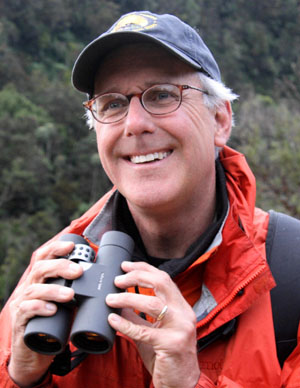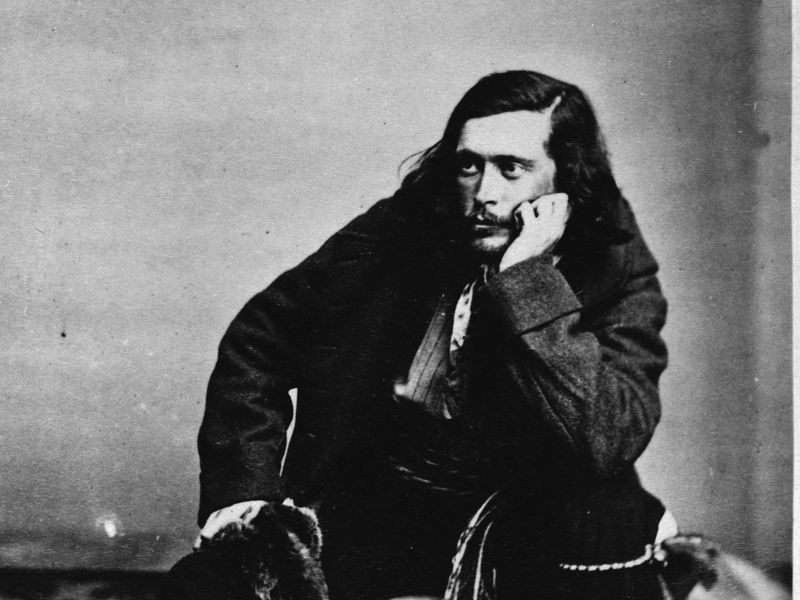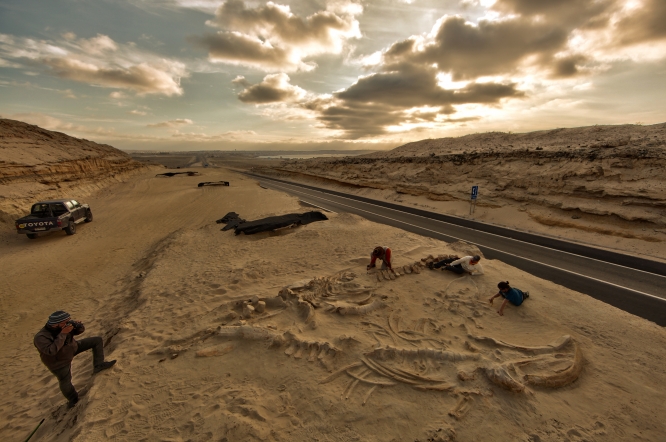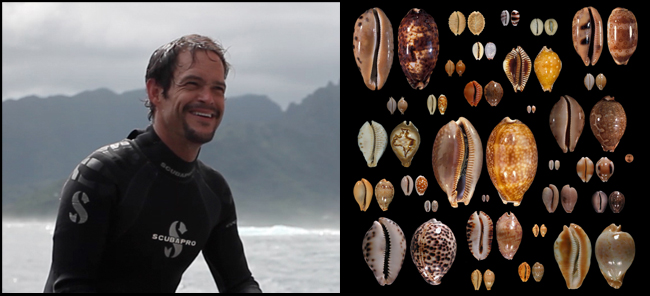
Beyond the Exhibition features the content, curators, and conversations inspiring new and developing exhibitions at the National Museum of Natural History. In the three-part series, Objects of Wonder, we offer opportunities to look more closely at some of the objects in our acclaimed Objects of Wonder exhibition. |
|
June 6, 2018 6:45 p.m. North on the Wing: Travels with the Songbird Migration of Spring Bruce Beehler is an ornithologist, naturalist, and research associate in the division of birds at the Smithsonian National Museum of Natural History. And, he has published eleven books about nature. His new one, North on the Wing: Travels with the Songbird Migration of Spring, is the culmination of a solo four-month trek to track songbird migration and the northward progress of spring through America. Watch the video here.
May 15, 2018 6:45 p.m. Forensic Anthropology Uncovers the Mysterious Death of Kennicott 150 years ago a young American scientist named Robert Kennicott, one of the founders of the Smithsonian, set out for a walk into the Alaskan wilderness while on an expedition to the Yukon and was never heard from again. Hear more from Kari Bruwelheide, forensic anthropologist at the National Museum of Natural History on how science provided a new lens to solve the mystery of Kennicott's death. Watch the video here.
April 16, 2018 6:45 p.m. The Clues to the Blues in Gems, Rocks, and Minerals From the Hope Diamond to the "Blue Flame," one of the world's largest and finest pieces of gem-quality lapis lazuli, Jeffrey Post, geologist and curator-in-charge of the National Gem and Mineral Collection at NMNH, will explore the findings behind what makes things blue, and the science that explains these rare and valuable natural wonders. Watch the video here.
December 5, 2017 6:30 p.m. The Face of Battle without the Rules of War What was warfare like without the laws of armed conflict to constrain
violence? Scott
Sagan, professor of political science at Stanford University
and chair of the New Dilemmas in Ethics, Technology, and War project at the
American Academy of Arts and Sciences, will discuss the insight and
implications gained from studying the extraordinary drawings of Red Horse, a
Minneconjou Sioux warrior who fought at the 1876 Battle of the Little
Bighorn--also known as Custer's Last Stand--and vividly and candidly portrayed
the unrestrained brutality of the battle and its aftermath.
November 28, 2017 6:30 p.m. Changing How We See the World How can we change the world by changing how we see it? Join us for a night of innovation as four scientists from the National Museum of Natural History (NMNH), together with the science winners of the 2017 Smithsonian American Ingenuity Awards, present on the new technologies, different scales of investigation, and fresh perspectives that are changing how we perceive the world and understand our place within it.
Engage with explorers and
visionaries, learn more about the cutting edge research taking place at NMNH,
and get an up-close look at the specimens, objects, and tools inspiring
scientists to look to the future as well as dig into the past.
Watch the video here.
September 18, 2017 6:30 p.m. The World's Most Stunning Shells Join marine biologist Chris Meyer as he takes you on a 30-year journey pursuing cowrie shells all over the world. Throughout human history, people have collected cowrie shells because of their exquisite beauty. They have been used in ceremony and fortune telling, as ornamentation, currency, and status symbols, and as a model group for scientific study. Come learn what cowrie shells can teach us about biodiversity, rarity and value, and participate in testing your own perception of beauty. See how cowrie shells have inspired Chris's research and appreciation for the natural world and help us answer the question: "Why do we collect things?"
|





